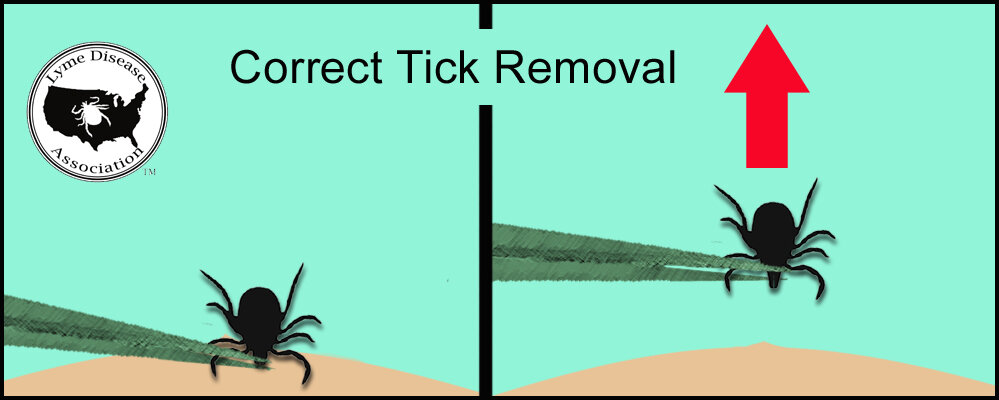Ticks really do not like essential oils. They search out people or “hosts” by scent, so essential oils can help not only by masking your scent, but some essential oils actually repel them. Geranium (study link) is on the top of the list for repelling ticks, along with lemon eucalyptus (study link), and lavender (study link). Lavender oil has even been shown in studies to prevent tick eggs from hatching.
This tick blend can be mixed with water in a spray bottle. Essential oils can be too strong to be put directly on the skin without causing irritation, so diluting in a spray bottle or lets essential oils be used on the skin without irritation (and makes them easier to apply).
Tick Prevention Spray:
Ingredients:
2 oz. amber spray bottle
2 tbs. witch hazel (optional, see note below)
2 tbs. water
15 drops Geranium Oil*
10 drops Lemon Eucalyptus Oil*
10 drops Lavender Oil*
*If using on young children or people with sensitive skin, slightly reduce the amounts of essential oils.
Directions:
Fill a 2 oz. bottle a little less than half of the way with witch hazel, then fill to roughly 80% with water before adding your essential oils. Top off with a bit of water to fill if desired, though take care to make sure that the top of the liquid mixture is slightly lower than the neck so it doesn’t overflow when the top is put on.
Note: Essential oils can be mixed with straight water in a spray bottle, but in our experience mixing with half unscented witch hazel and half water yields a better result that lasts longer. Witch hazel also helps the oils to stay combined so the oil doesn't just sit on the top of the water.
To Use: Spray on skin as needed, especially on lower legs and feet if wearing sandals. Do not use near the face.
Tick Notes:
Tick bites are painless, so there’s really no way to know if you’ve been bitten than to look for them.
Ticks can range in size and some can be extremely small.
Ticks are all around, not just in wooded areas, so get in the habit of doing a quick “tick check” after coming in from outside, even if you’ve just been in your backyard. Most ticks are picked up on the legs and they crawl up the body from there, so using repellents on shoes and legs is an especially good idea.
What to do if you get bitten by a tick:
Use tweezers to remove the tick, grasping it firmly with the tweezers as close to the skin as possible, pulling upward with a slow, steady, even pressure. Twisting or jerking can cause parts of the tick to remain in the skin.
Don’t be afraid, ticks are very common and most tick bites are harmless, but do be on the lookout for a rash or fever and contact your physician if you have any of the following symptoms: rash, fever, muscle or joint pain or weakness.





